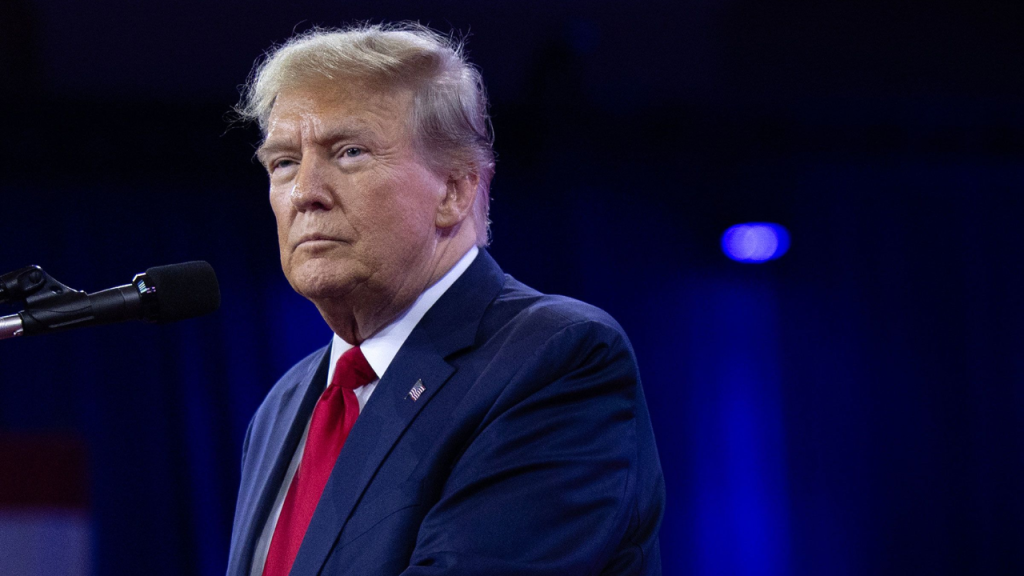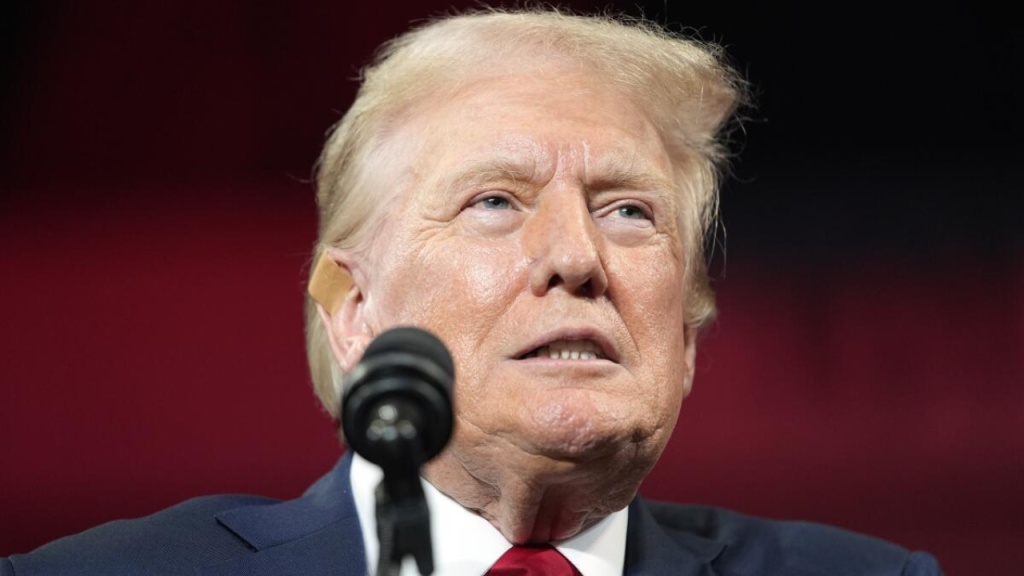
Chief Justice John G. Roberts Jr. has granted a temporary administrative stay, allowing the Trump administration to pause the reinstatement of National Labor Relations Board (NLRB) member Gwynne Wilcox and Merit Systems Protection Board (MSPB) member Cathy Harris. Both Wilcox and Harris were dismissed by President Donald Trump earlier in 2025. They have since filed legal challenges, claiming their dismissals were unlawful.
The U.S. Court of Appeals for the District of Columbia Circuit ruled 7-4 in favor of restoring Wilcox and Harris, referencing the landmark Humphreys Executor v. United States case.
This decision established a precedent that restricts the president’s power to remove members of independent agencies without just cause. The ruling led the Trump administration to file an emergency appeal to the Supreme Court.
In response, Chief Justice Roberts pointed to Humphreys Executor as a guiding precedent, emphasizing that courts of appeals must adhere to established Supreme Court rulings unless the Court itself decides to overturn them.
Roberts’s decision to grant the stay is a temporary measure, providing time for the Supreme Court to consider the case and decide on the broader issue of presidential powers regarding agency leadership.
Supreme Court’s Involvement and Legal Precedents
Justice Clarence Thomas, known for his strict interpretation of the Constitution, expressed concerns about the Humphrey’s Executor decision.
He argued that the case threatens the fundamental structure of the U.S. Constitution and, by extension, the liberty of the American people. In a statement, Thomas emphasized,
“The decision in Humphreys Executor poses a direct threat to our constitutional structure.”
In a pointed critique, U.S. District Judge Beryl Howell remarked on the growing concern over presidential authority, suggesting that a president who views themselves as a “king” or “dictator” fundamentally misunderstands their role under Article II of the U.S. Constitution, which outlines the powers of the executive branch.
The debate is now squarely focused on the balance between presidential powers and checks on those powers by independent agencies.
Administration’s Argument: Need for Policy-Aligned Officials

Solicitor General D. John Sauer, representing the Trump administration, argued that reinstating Wilcox and Harris would limit the president’s ability to work with officials who align with the administration’s policy goals.
Sauer contended, “The president should not be forced to delegate his executive power to agency heads who are demonstrably at odds with the administration’s policy objectives.”
Sauer also warned that without intervention from the Supreme Court, the president could be forced to work with officials who had been fired for months, undermining the administration’s ability to govern effectively.
He stressed the urgency of the matter, adding that a prolonged legal battle would harm the functioning of the government.
The Supreme Court’s Role Moving Forward
Chief Justice Roberts’s temporary stay is a critical development in this ongoing legal saga, as it buys time for the Court to fully evaluate the case.
The central issue at stake is the scope of presidential power in controlling the leadership of independent agencies.
Justice Thomas’s comments hint at a potential shift in judicial thinking, suggesting that the Humphreys Executor decision may no longer be as solid a precedent as it once was. Thomas has previously indicated that in a future case, he would be inclined to completely overturn the decision.
The Trump administration’s challenge to longstanding legal precedents reflects a broader ideological divide on the interpretation of presidential powers.
With the Supreme Court now considering the case, the implications could extend beyond this particular dispute, potentially redefining the relationship between the executive branch and independent agencies in future administrations.
What’s at Stake?
At its core, this case touches on a fundamental question: How much power should the president have over the leadership of agencies that operate independently from the executive branch?
The Court’s decision could have lasting effects on how presidents exert control over agencies and whether existing checks on presidential power will remain intact.
The outcome of this case will not only impact Wilcox and Harris but could reshape the broader understanding of presidential authority for years to come.
